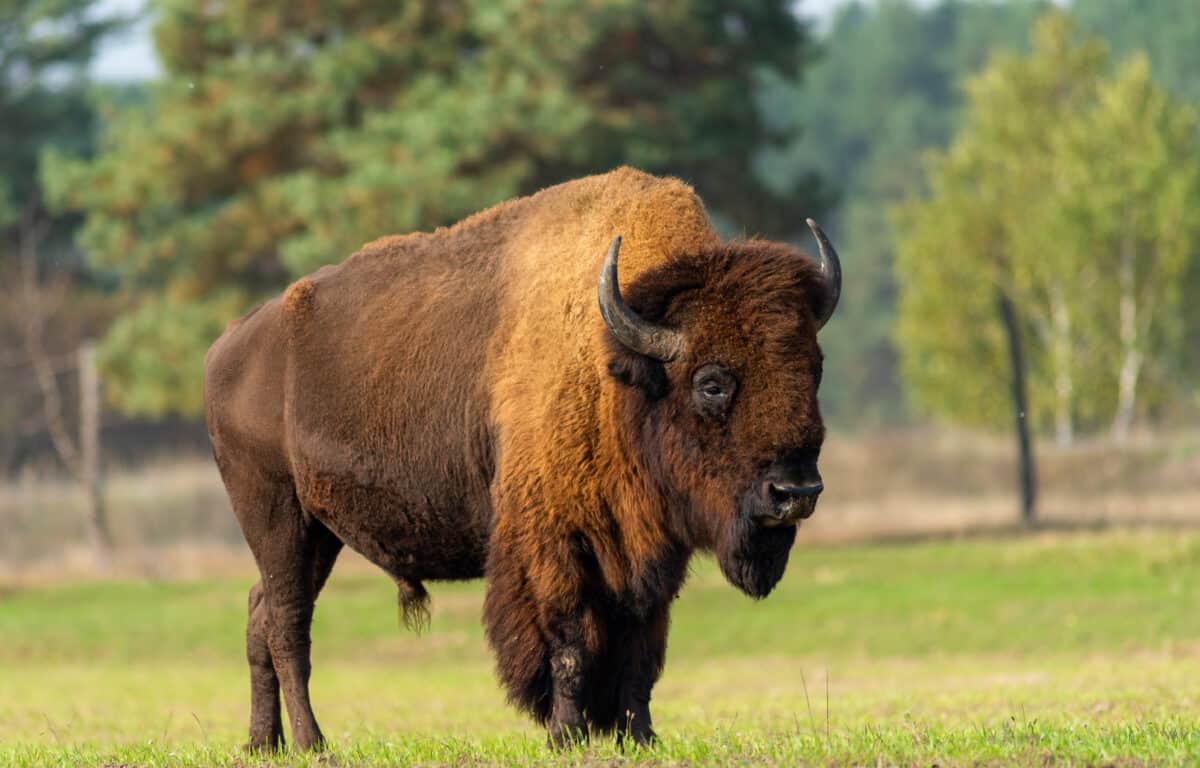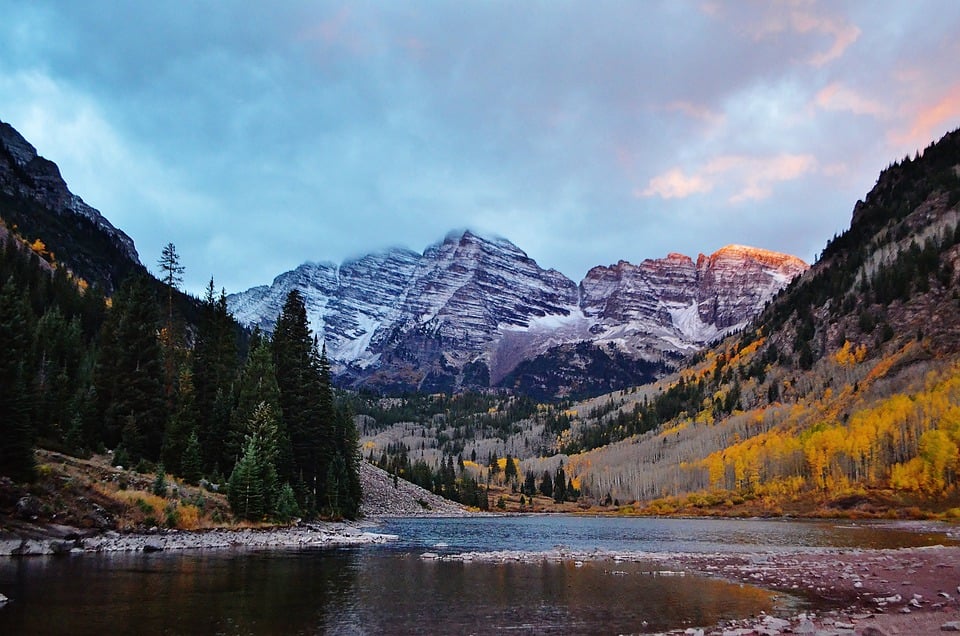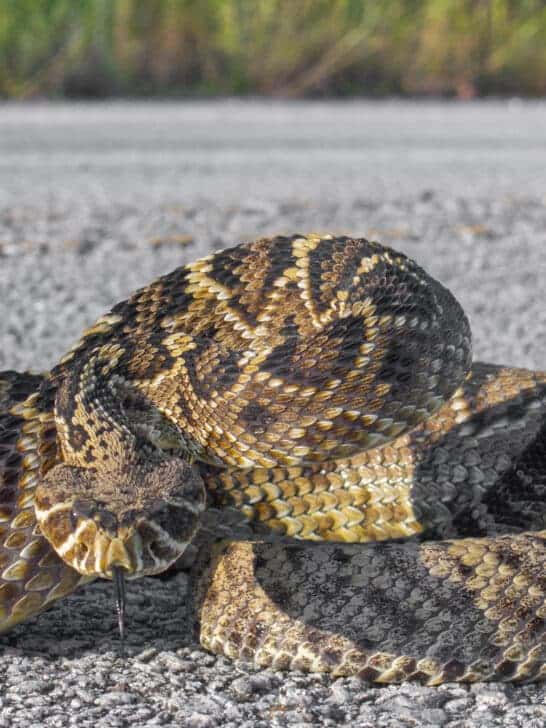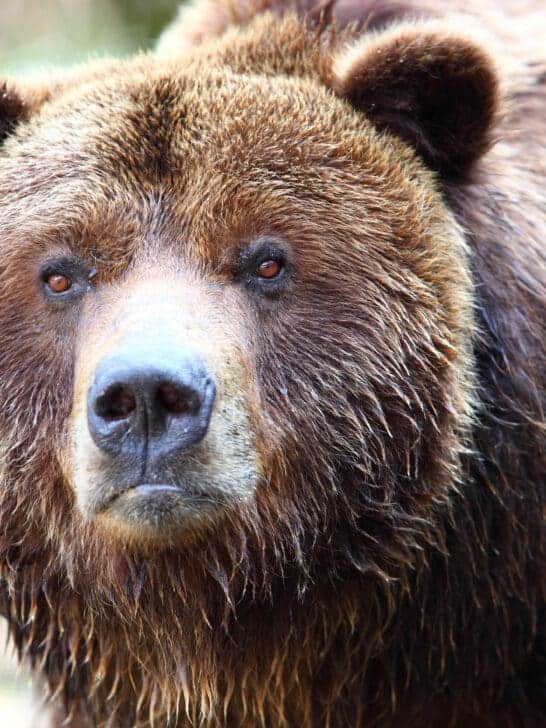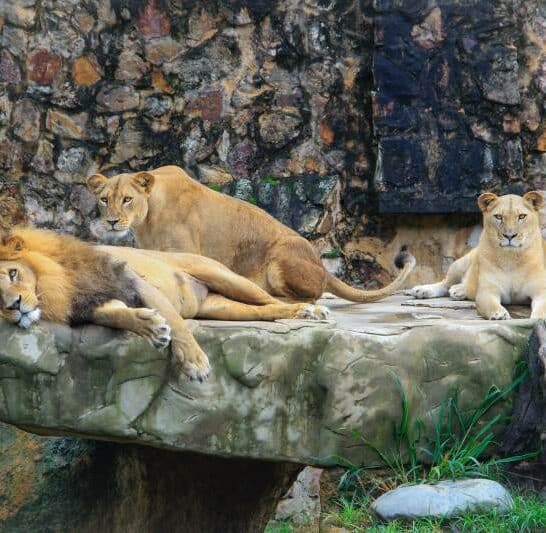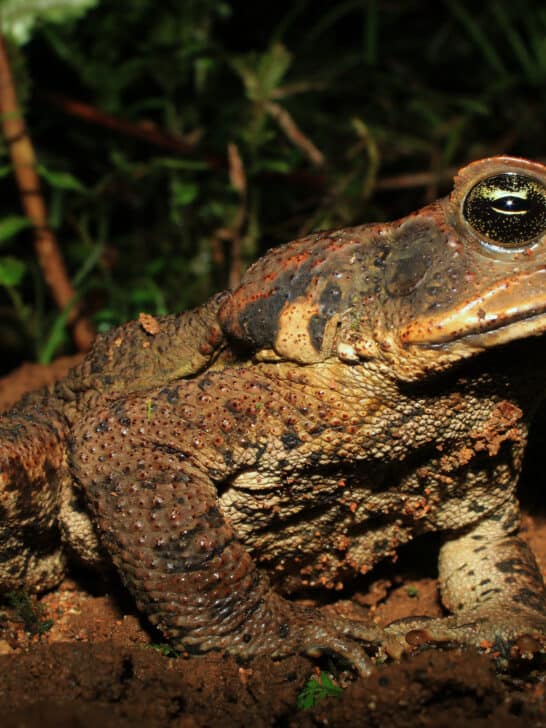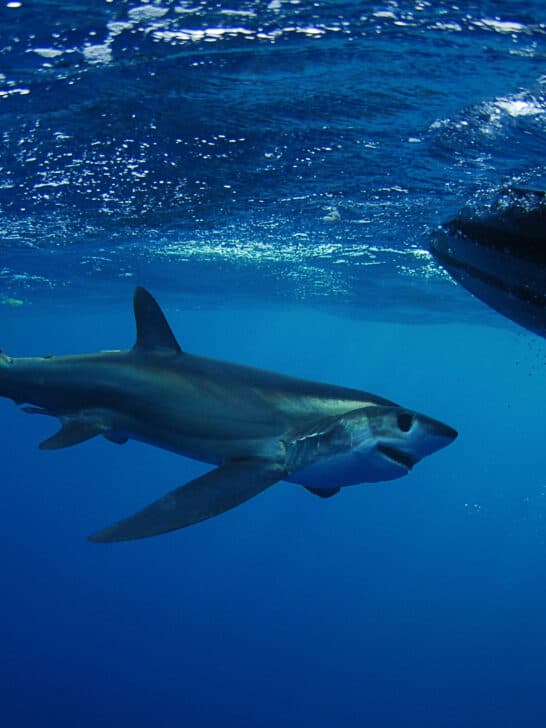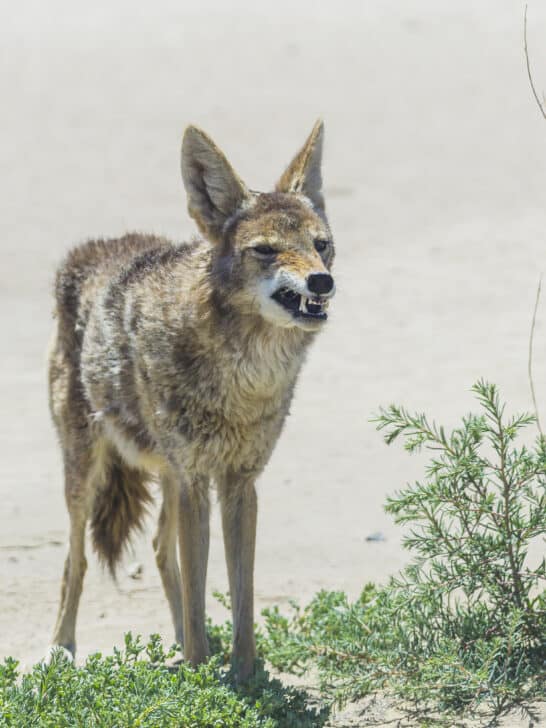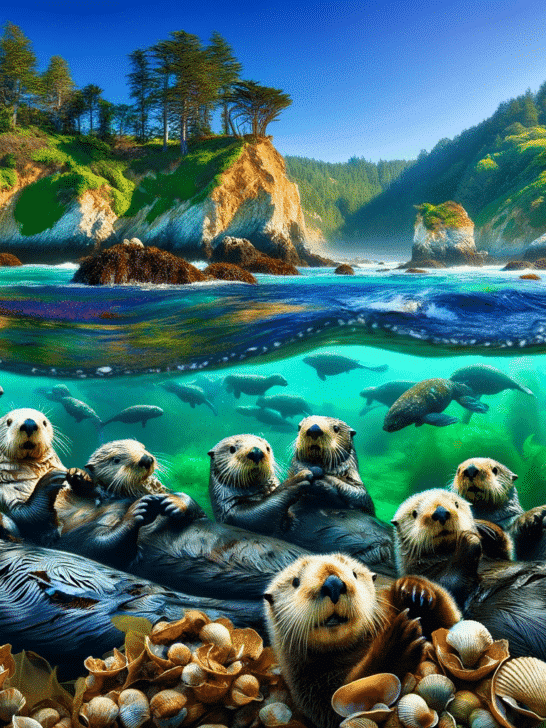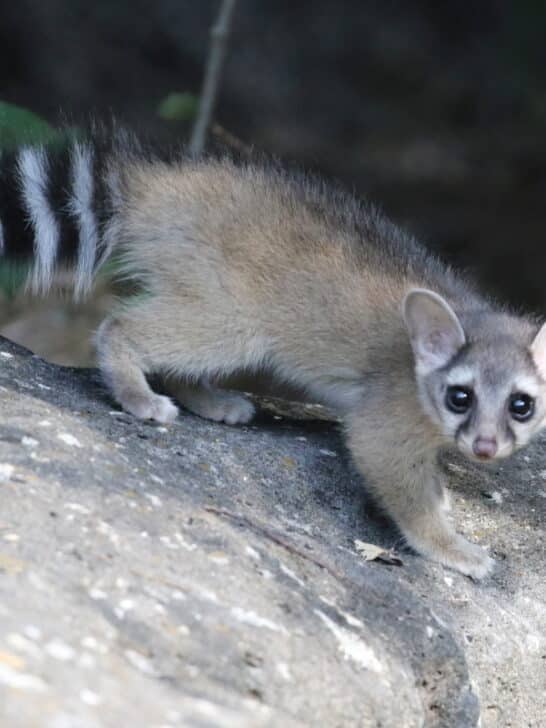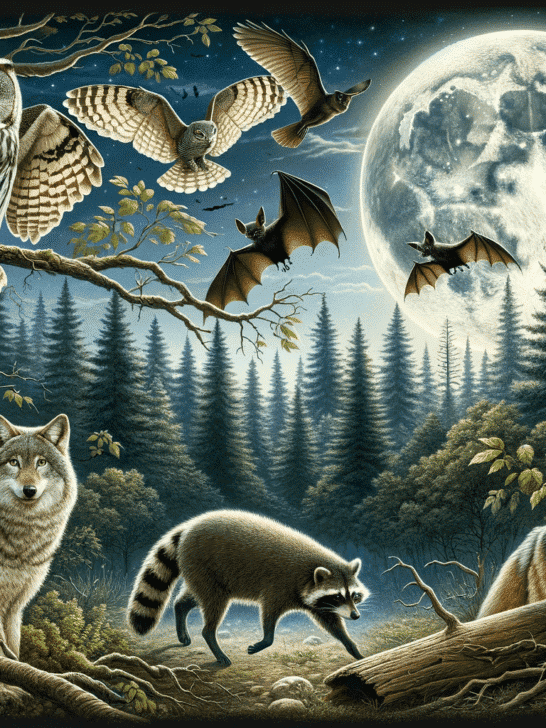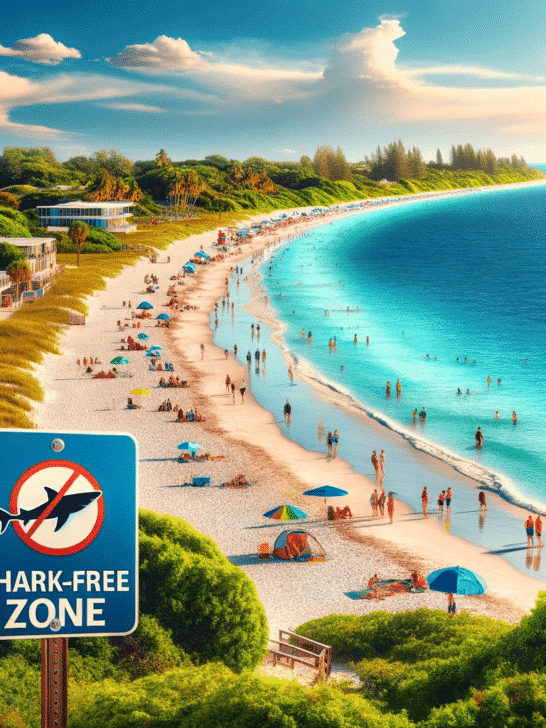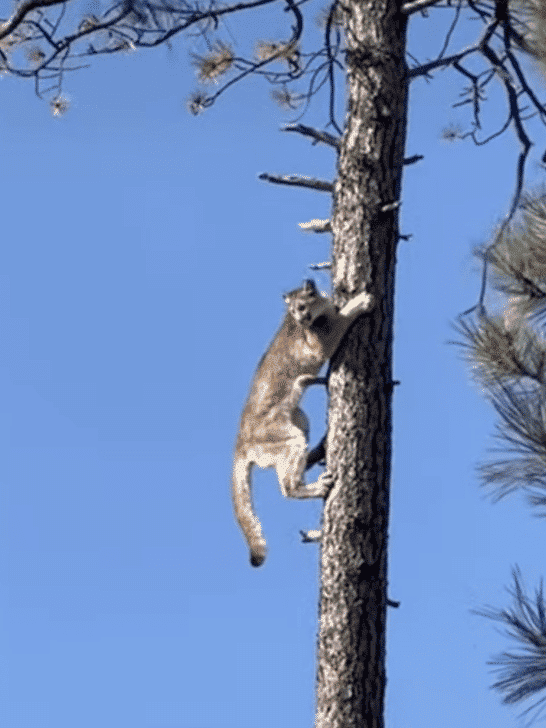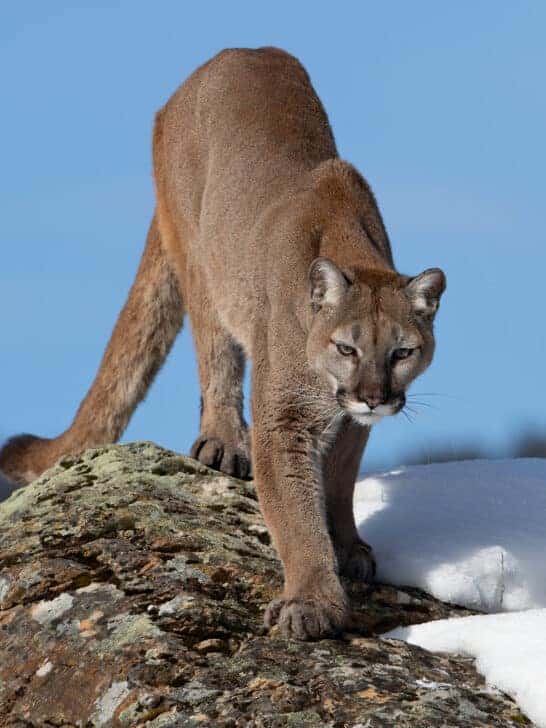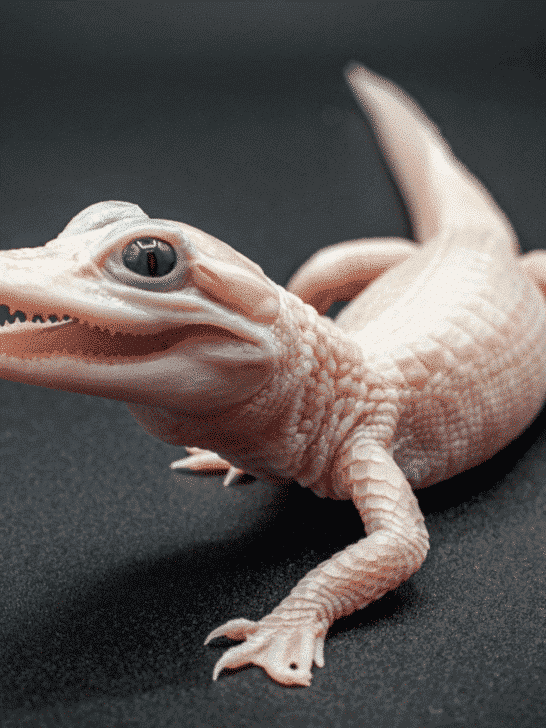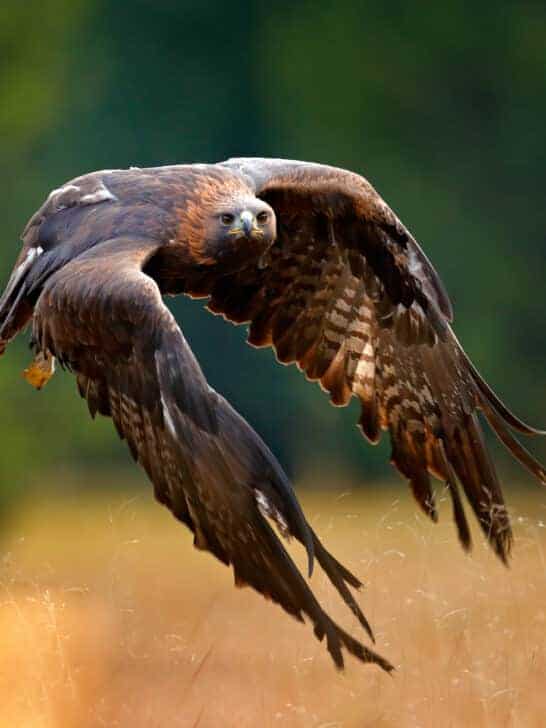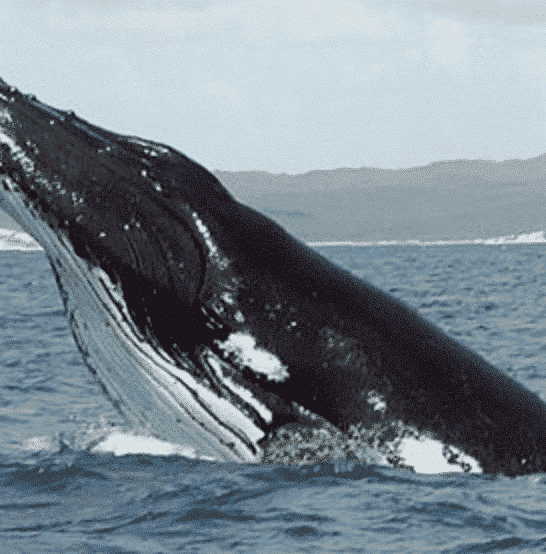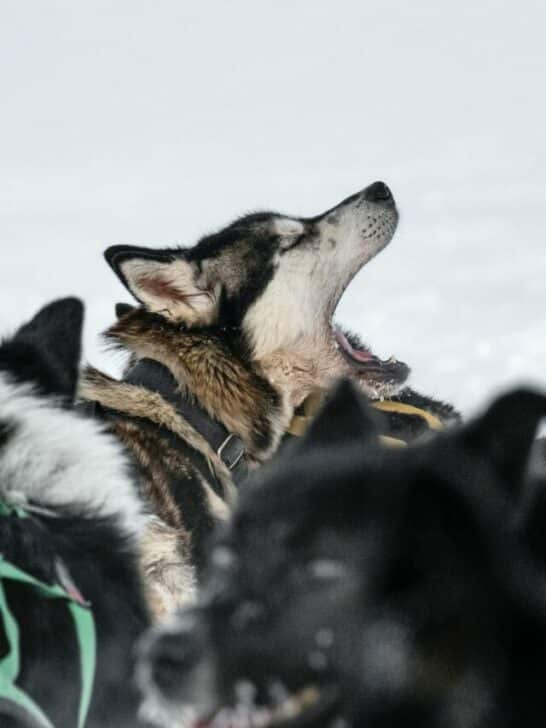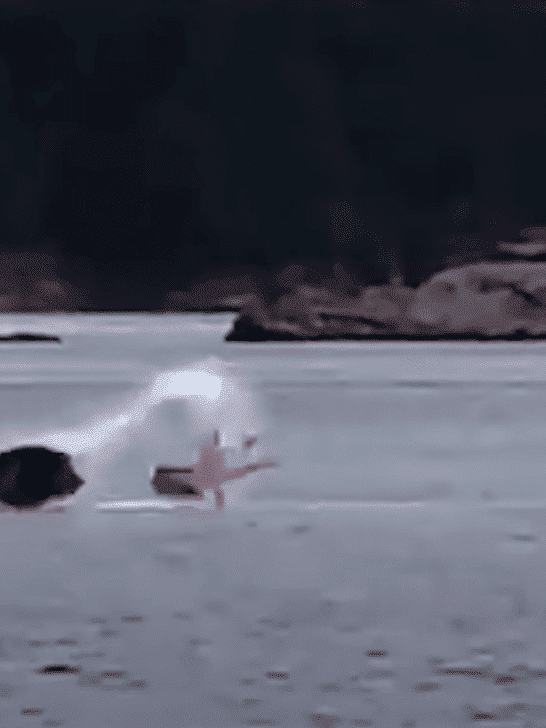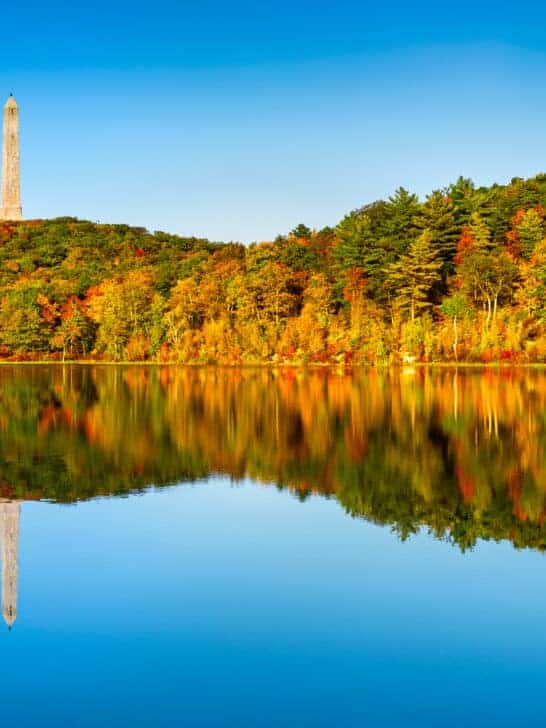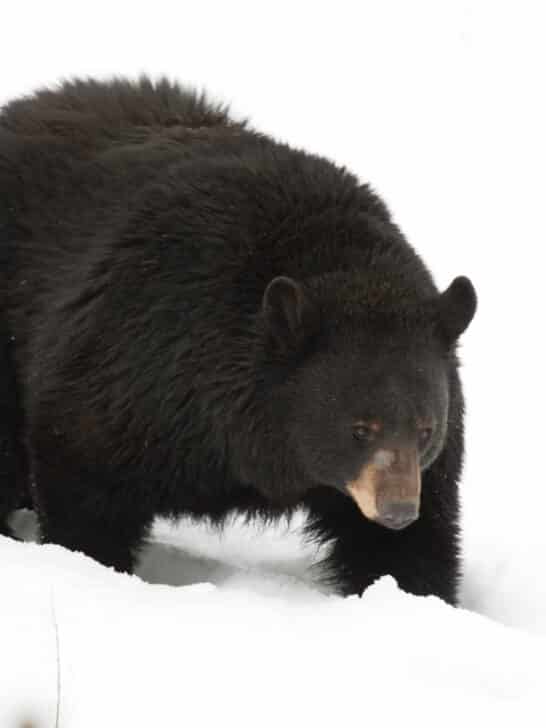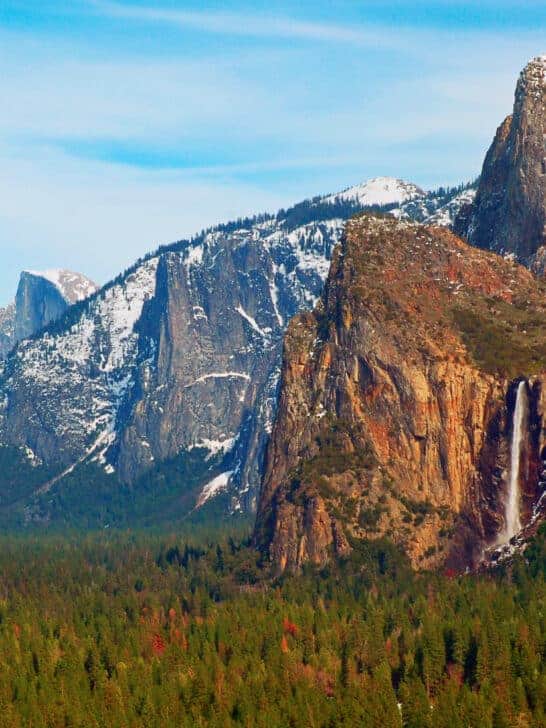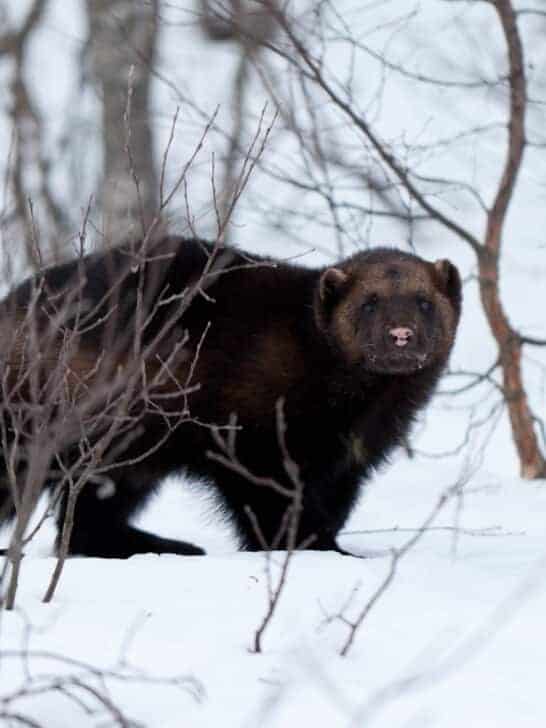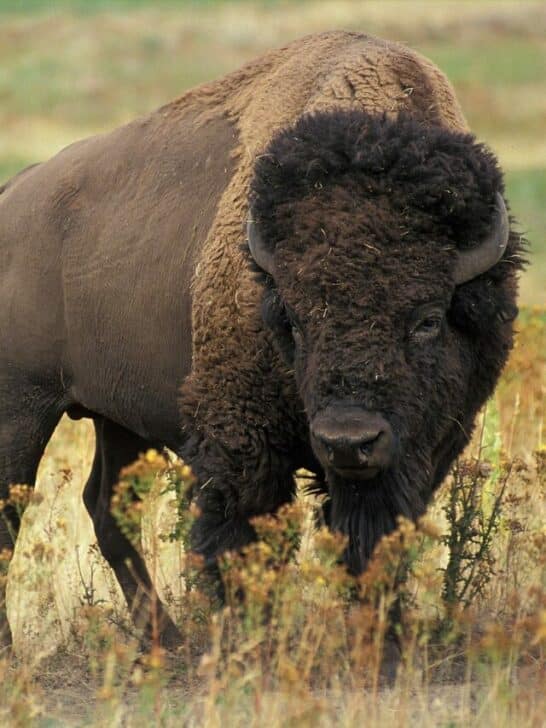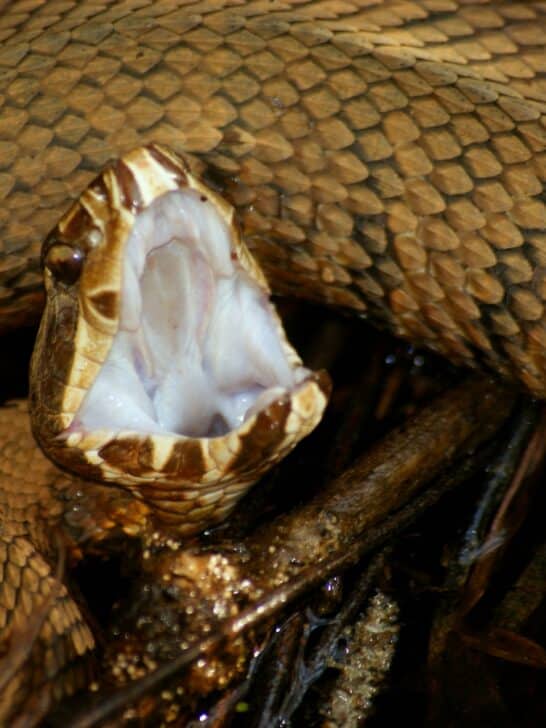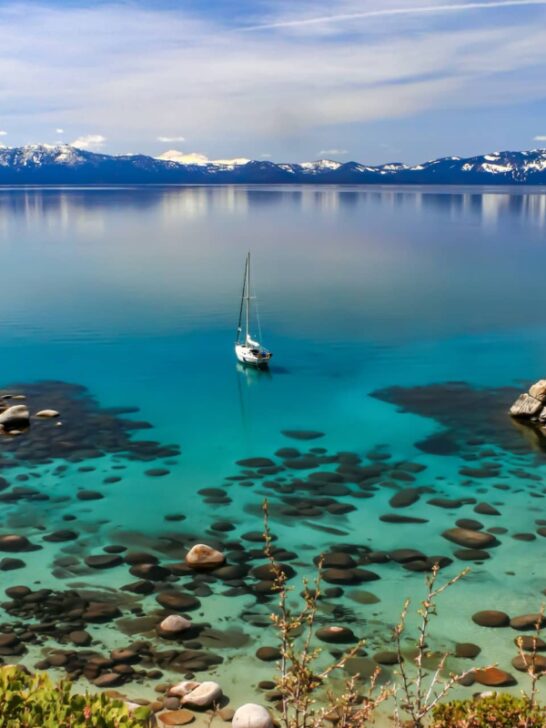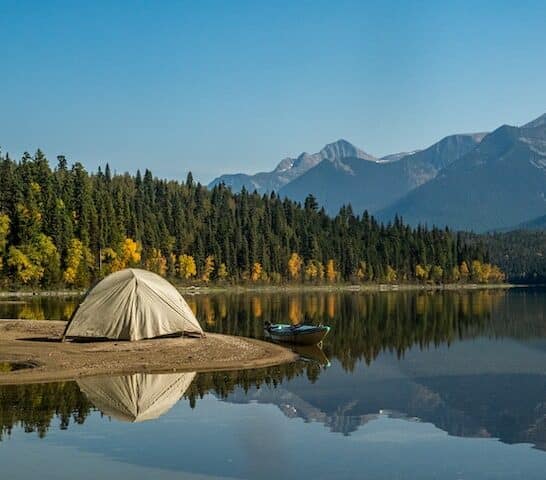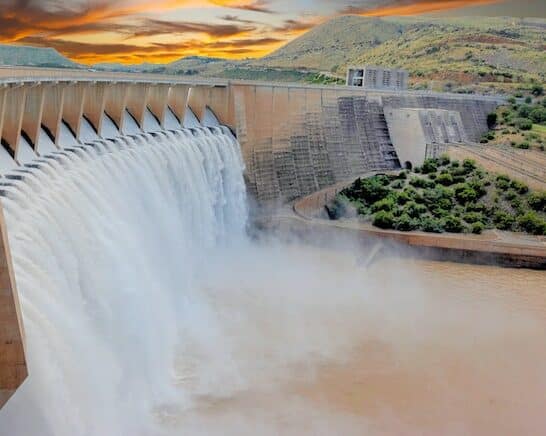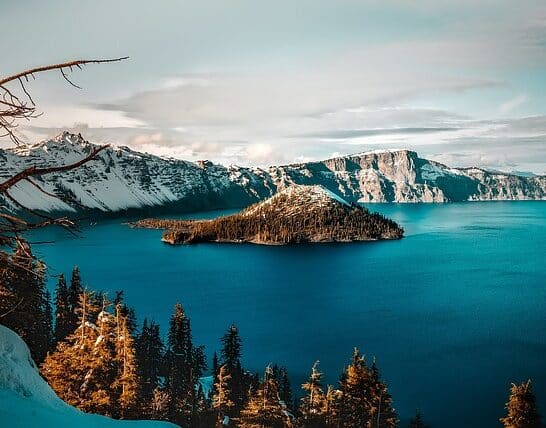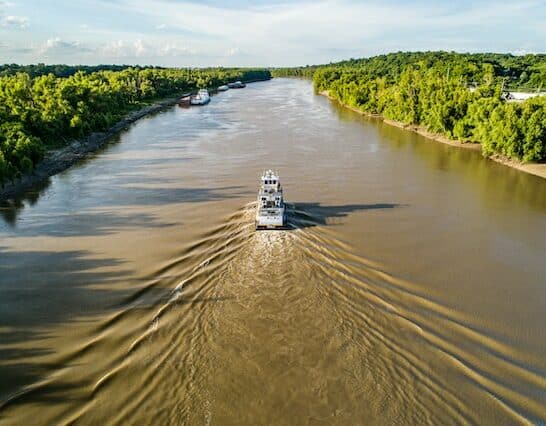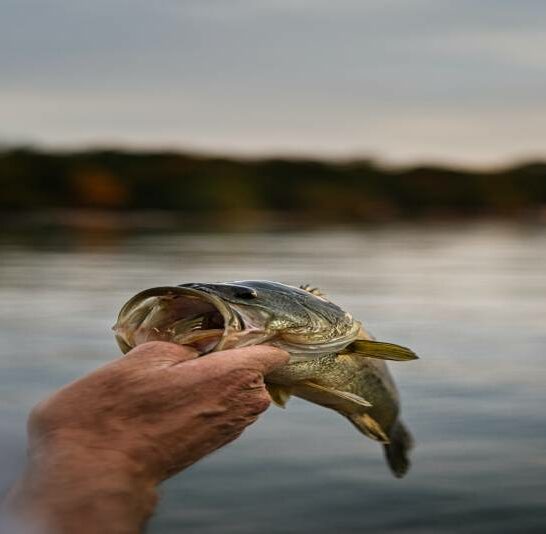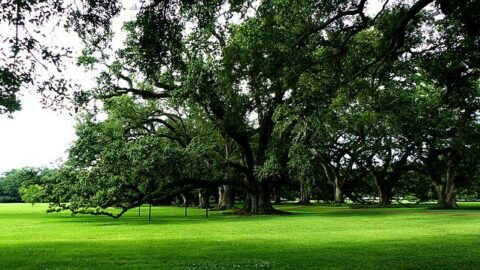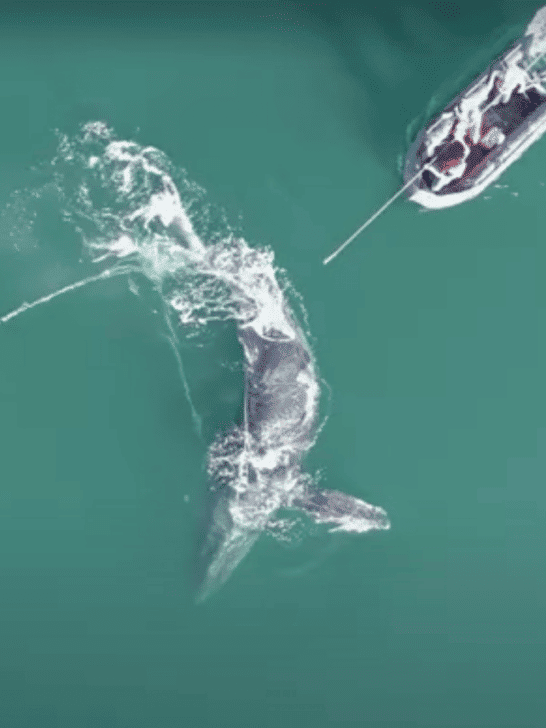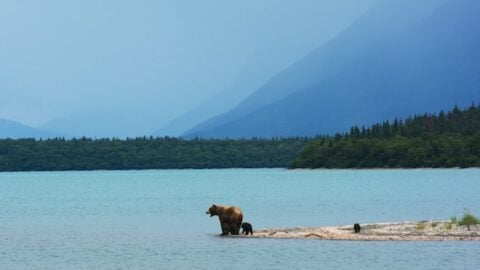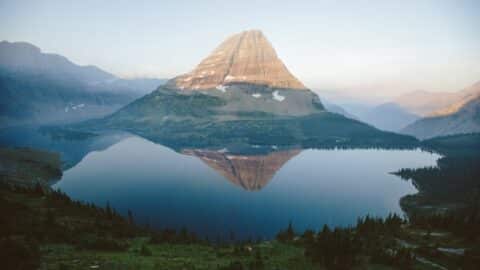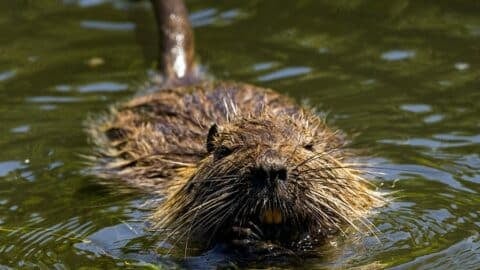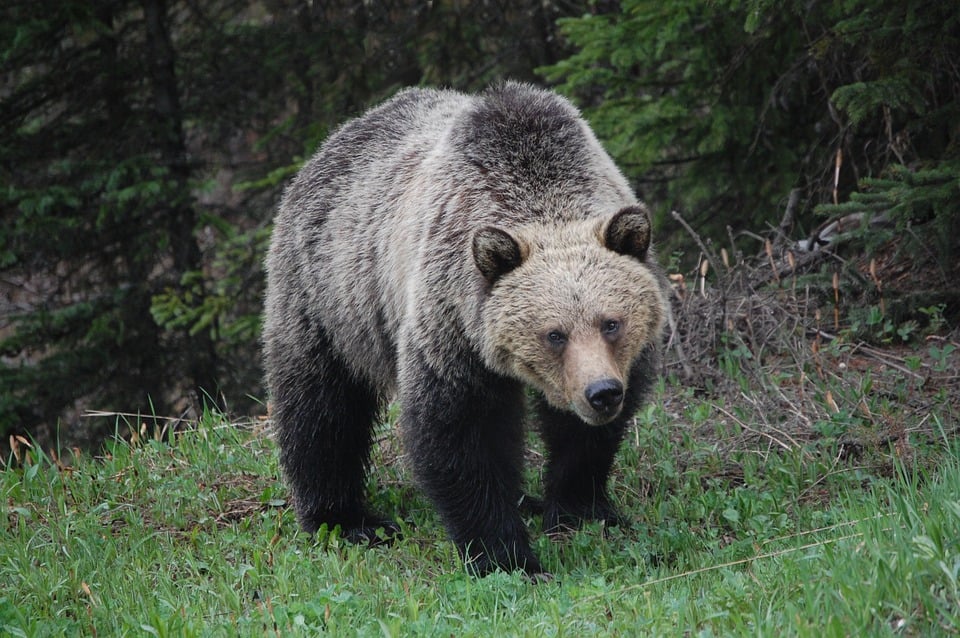For wildlife enthusiasts interested in exploring the animals and wildlife that call North America home; there is no shortage of incredible animals to see across the continent.
Animals and Wildlife in North America Stories
-

Animals and Wildlife in Colorado
-

US States That Don’t Have Rattlesnakes
-

Watch: Large 1000-lb Brown Bear Hunting Salmon In Alaska
-

Meet The Largest Zoo In The United States
-

How Cane Toads Are Devastating Hawaiian Ecosystems
-

From Florida to Hawaii: Seals Diminishing, Shark Attacks Rising
-

Pennsylvania: Unveiling the State’s Most Dangerous Animals
-

The Top 5 Most Dangerous Animals in Hawaii
-

Sea Otters: The Adorable Ecosystem Engineers of California’s Coastline
-

North America’s Natural Treasures: 10 Remarkable Animals
-

10 Best Dog Breeds for Families in the USA
-

Secret Lives of Nocturnal Animals in the USA
-

Exploring Shark-Free Beaches Across the US
-

Unprecedented: Mountain Lion Scales Tree 50+ feet high
-

The Most Dangerous Animals in North America
-

White Leucistic Alligator Born At Florida Reptile Park
-

The Majestic Golden Eagle: A Journey Through Skies and Terrains
-

Top 10 Best Spots for Whale Watching in the US
-

Animals In Alaska
-

Watch Sea Lion and Octopus Battle in Vancouver
-

The Garden State: Five Fascinating Animals in New Jersey
-

Exploring the Animal Kingdom in Los Angeles
-

Animals Gearing Up for Hibernation Across America
-

Colorado Security Guard Faces Off with Black Bear
-

California’s Biodiversity: A State of Remarkable Wildlife
-

Watch: Second Yosemite Wolverine Sighted After Almost a Century
-

The Great American Bison: An Iconic Species Making a Comeback
-

Discover Texas’s Most Dangerous Animals
-

The Largest Ports in the United States
-

Discover The Most Beautiful Lakes In The United States
-

The Best Lakes to Camp at in The United States
-

Discover the Largest Dams in the United States
-

The Cleanest Lakes in the United States
-

The Fastest Rivers in the United States
-

The Longest Trail In The United States
-

The 6 Most Leech-Infested Lakes In The United States
-

13 Best Lakes For Fishing In The United States
-

The Driest Cities In The United States
-

10 Longest Biking Trails In The United States
-

The 10 longest Hiking Trails in the US
-

Prettiest State Parks in the US
-

Animals and Wildlife In Maryland
-

Animals and Wildlife In Louisiana
-

Animals and Wildlife in Massachusetts
-

Top 10 Places To Observe Wildlife In The United States
-

Top 10 Animal Rights Violation Issues in The United States
-

Top 10 Best National Parks In The United States
-

Top 4 Animals and Wildlife Invading The United States
-

Animals and Wildlife in Indiana
-
Animals and Wildlife in Kentucky
-

Discover Animals and Wildlife in the USA
List of Animals in North America
| Animal | Scientific Name | Habitat | Notable Features |
|---|---|---|---|
| American Bison | Bison bison | Grasslands and prairies | Largest mammal in North America, significant to many Native American cultures |
| Bald Eagle | Haliaeetus leucocephalus | Lakes, rivers, and coastal regions | National bird of the United States, symbol of freedom |
| Grizzly Bear | Ursus arctos horribilis | Forests, subalpine meadows, and alpine tundra | Noted for its size and strength, iconic wildlife of North American wilderness |
| Grey Wolf | Canis lupus | Forests, tundras, deserts, and grasslands | Symbol of wilderness and the subject of conservation efforts |
| American Alligator | Alligator mississippiensis | Freshwater wetlands of the southeastern US | Largest reptile in North America, conservation success story |
| California Condor | Gymnogyps californianus | Rocky shrubland, coniferous forests, and grasslands | One of the world’s rarest bird species, subject of intensive conservation efforts |
| Moose | Alces alces | Forests of the Northern United States, Canada, and Alaska | Largest member of the deer family, known for its massive antlers |
| North American Beaver | Castor canadensis | Lakes, rivers, and wetlands | Known for building dams, canals, and lodges; significant impact on North American ecosystems |
| Mountain Lion | Puma concolor | Mountains, forests, and swamps | Also known as the cougar or puma, a top predator in various habitats |
Newest Category: Animals in North America
Latest posts by Jan Otte (see all)
- Animals and Wildlife in Colorado - April 24, 2024
- Best Places to see Sloths - April 24, 2024
- Where to See Alligators in the Wild - April 24, 2024

